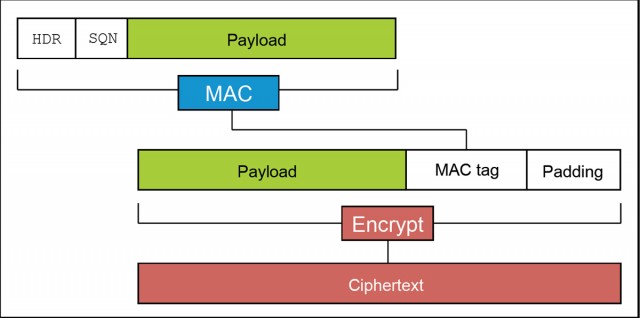
Software developers are racing to patch a recently discovered vulnerability that allows attackers to recover the plaintext of authentication cookies and other encrypted data as they travel over the Internet and other unsecured networks.
The discovery is significant because in many cases it makes it possible for attackers to completely subvert the protection provided by the secure sockets layer and transport layer protocols. Together, SSL, TLS, and a close TLS relative known as Datagram Transport Layer Security are the sole cryptographic means for websites to prove their authenticity and to encrypt data as it travels between end users and Web servers. The so-called "Lucky Thirteen" attacks devised by computer scientists to exploit the weaknesses work against virtually all open-source TLS implementations, and possibly implementations supported by Apple and Cisco Systems as well. (Microsoft told the researchers it has determined its software isn't susceptible.)
The attacks are extremely complex, so for the time being, average end users are probably more susceptible to attacks that use phishing e-mails or rely on fraudulently issued digital certificates to defeat the Web encryption protection. Nonetheless, the success of the cryptographers' exploits—including the full plaintext recovery of data protected by the widely used OpenSSL implementation—has clearly gotten the attention of the developers who maintain those programs. Already, the Opera browser and PolarSSL have been patched to plug the hole, and developers for OpenSSL, NSS, and CyaSSL are expected to issue updates soon.
Read 13 remaining paragraphs | Comments